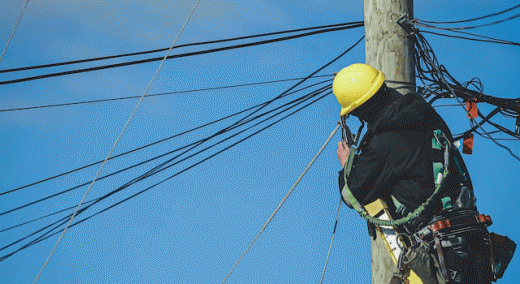Performing timely maintenance at remote locations brings an additional layer of complexity to an already challenging task. Actively managing this kind of maintenance work falls under the jurisdiction of field service management.
|
ADVERTISEMENT |
Performing field maintenance work comes with a lot of moving parts. Before you can optimize it, you have to understand what an ideal field-maintenance process looks like—from receiving a work request form to updating your maintenance and financial records.
What is field maintenance?
Field maintenance refers to maintenance work that’s carried out remotely—away from a production or maintenance organization’s location—on remote assets like:
• Installation
• Commissioning
• Modification
• Routine maintenance
• Repairs
• Overhauls
The work is usually performed by engineering and maintenance technicians.
Which industries commonly use field maintenance services?
There are two common situations that “force” a business to use field maintenance services.
1. Geographically mobile assets
…

Add new comment